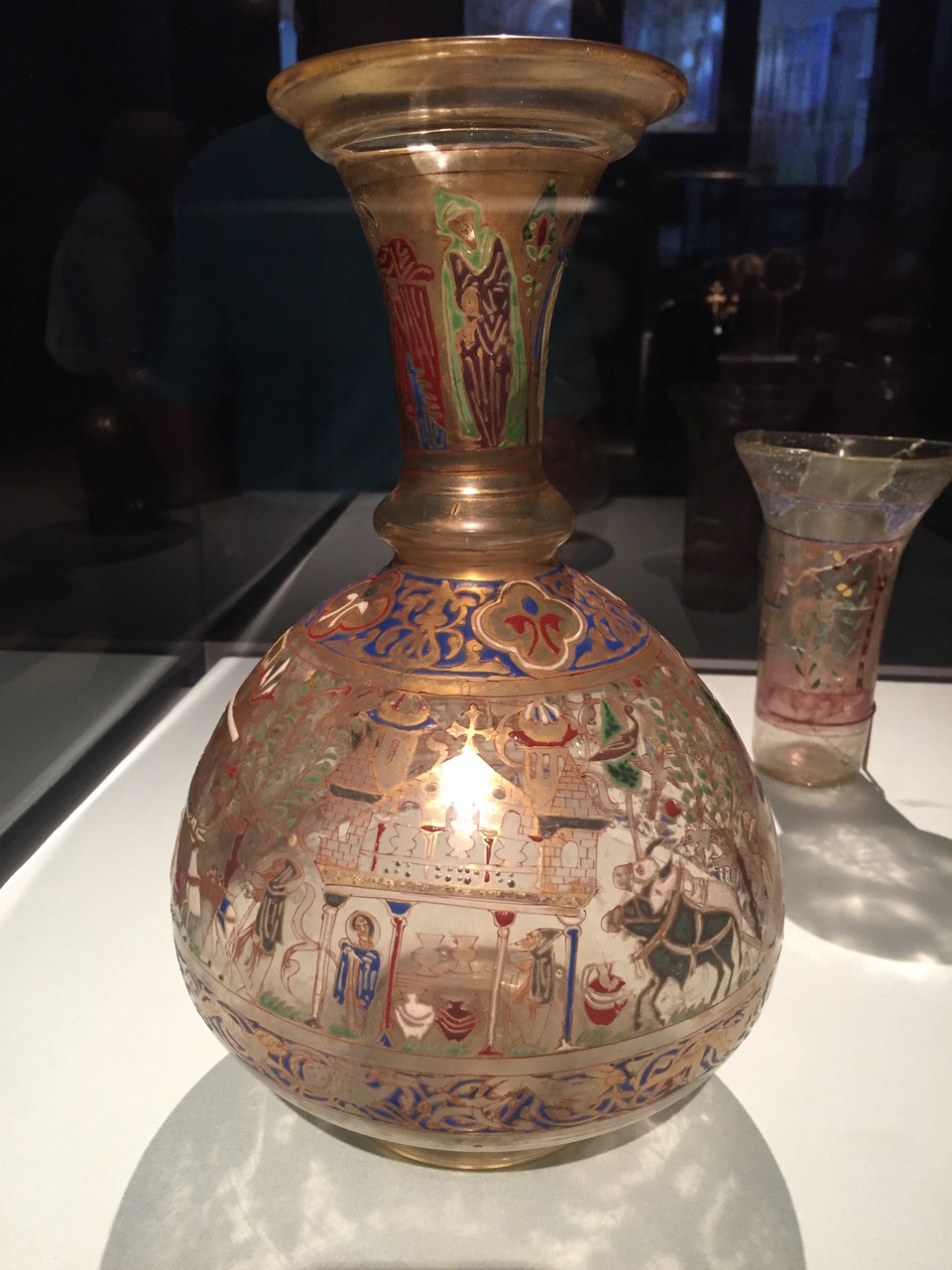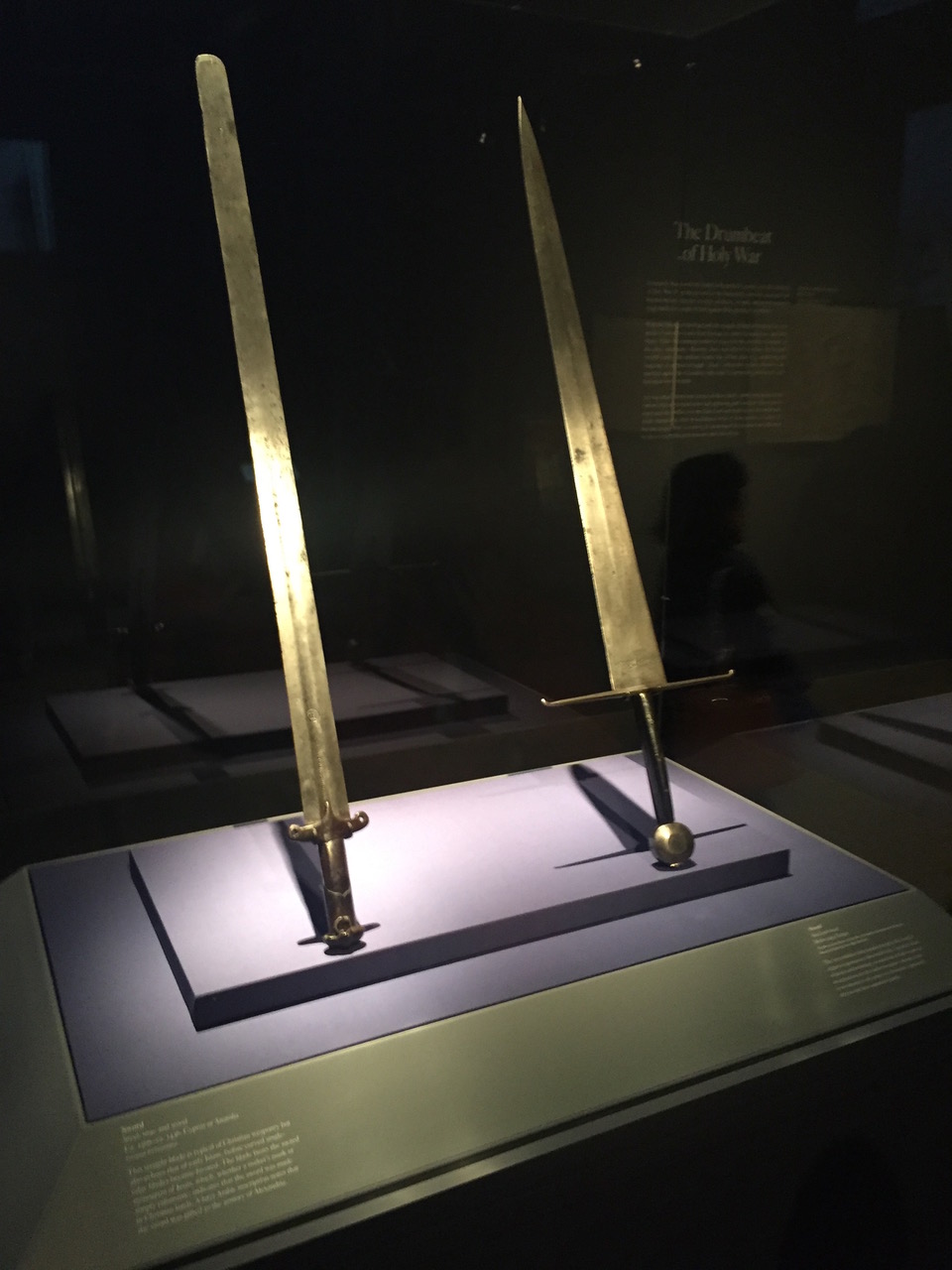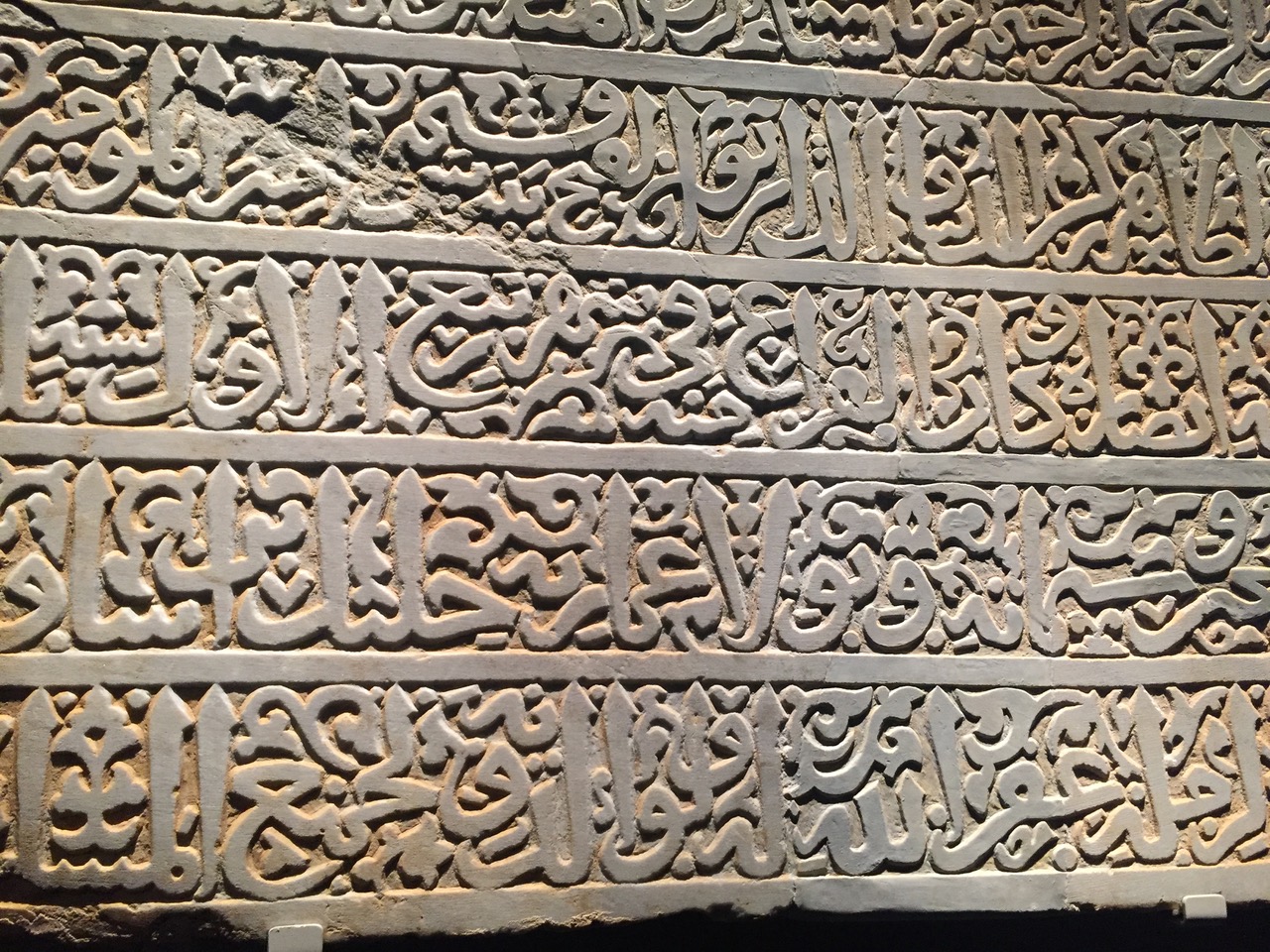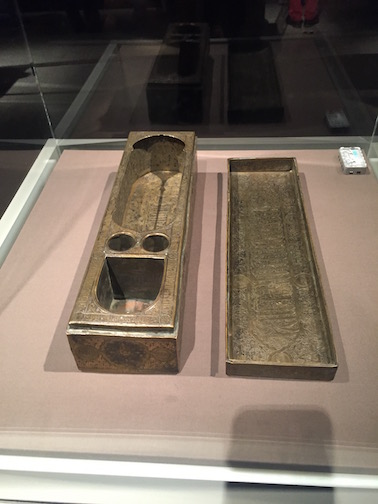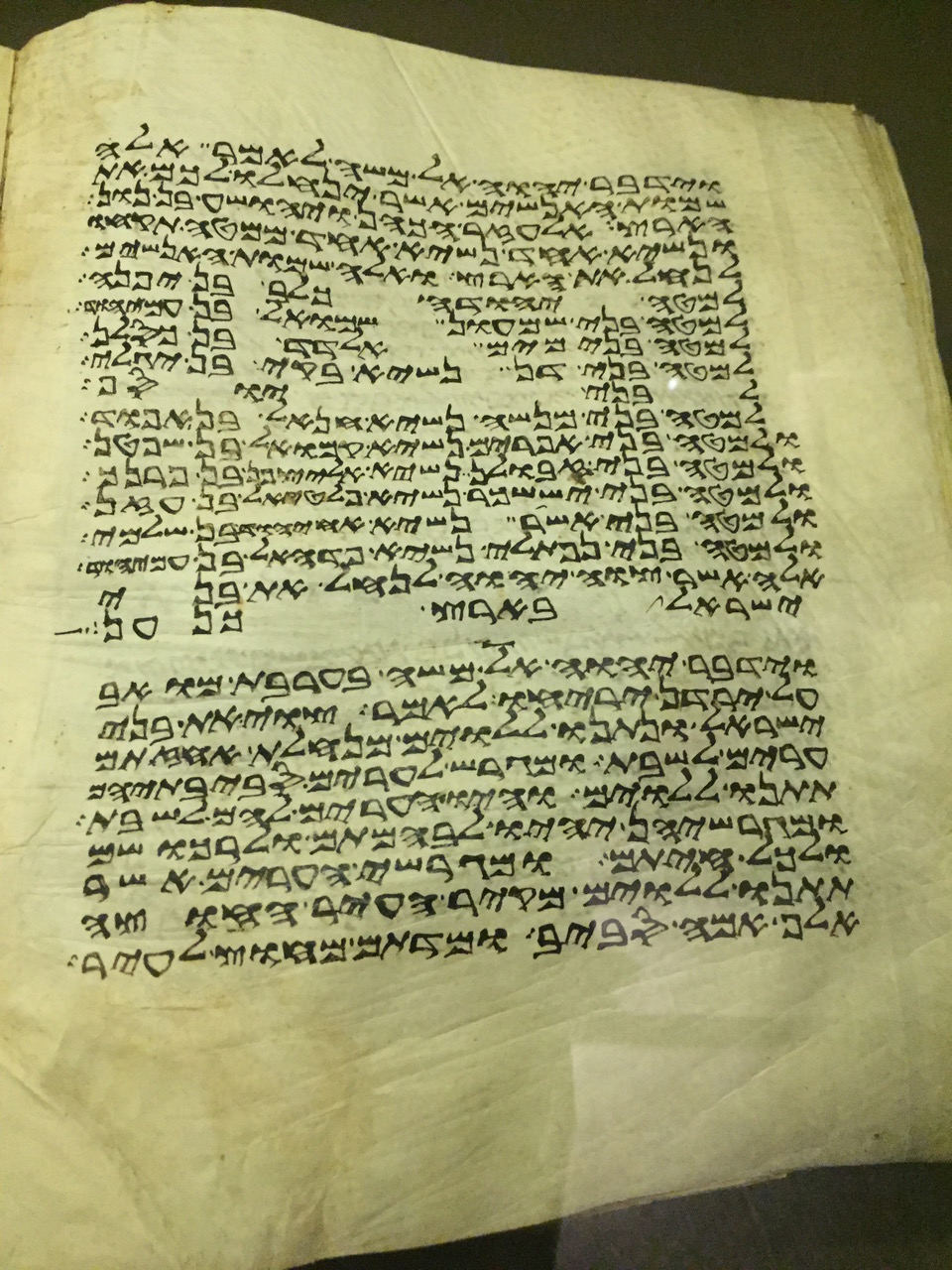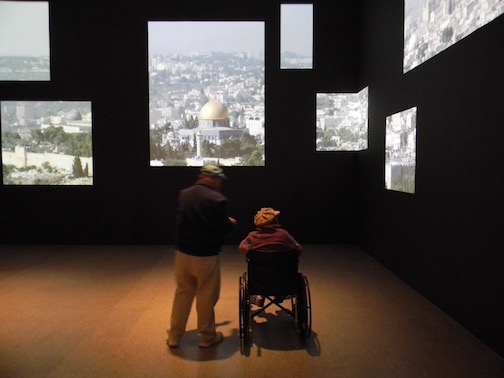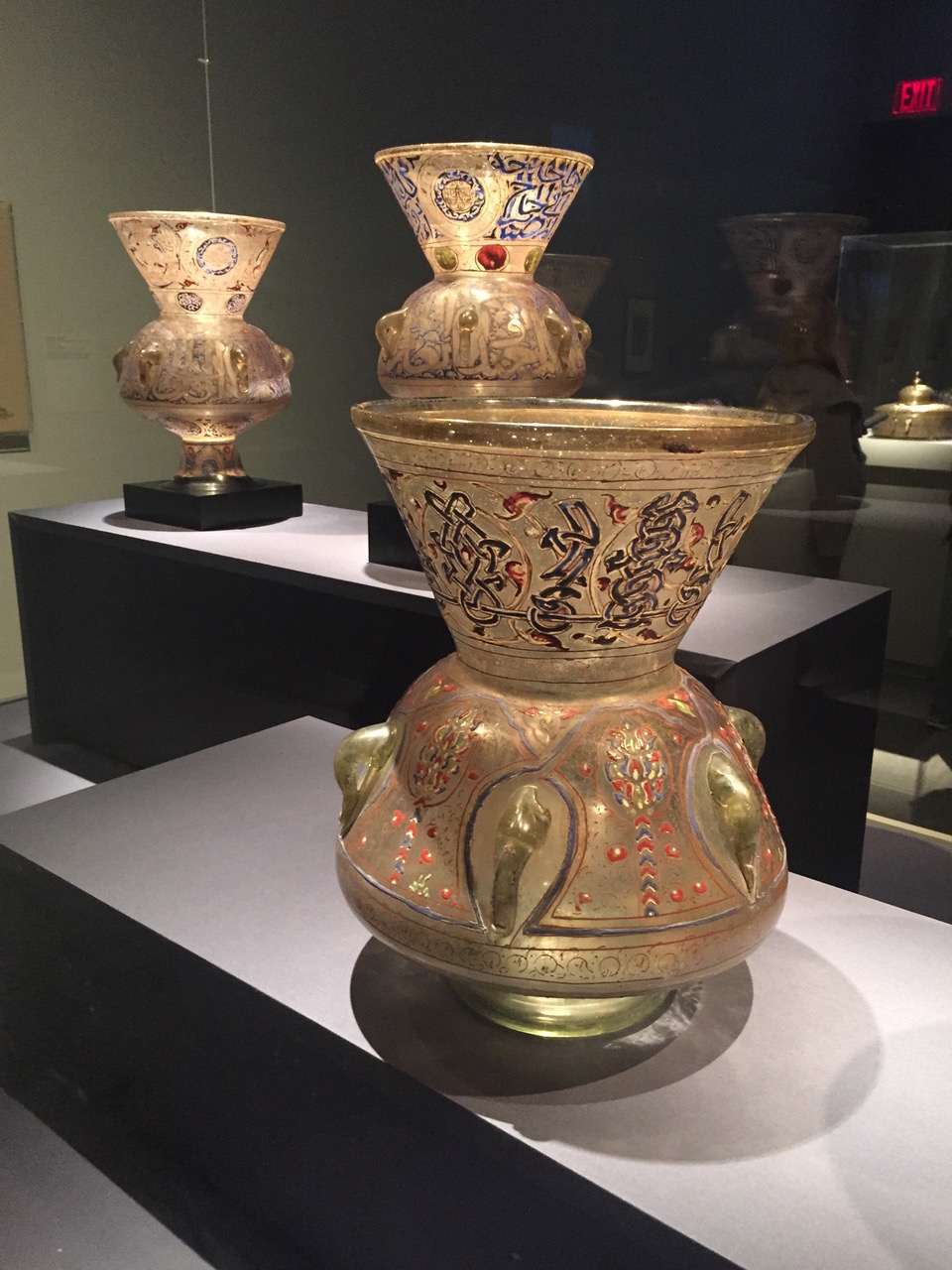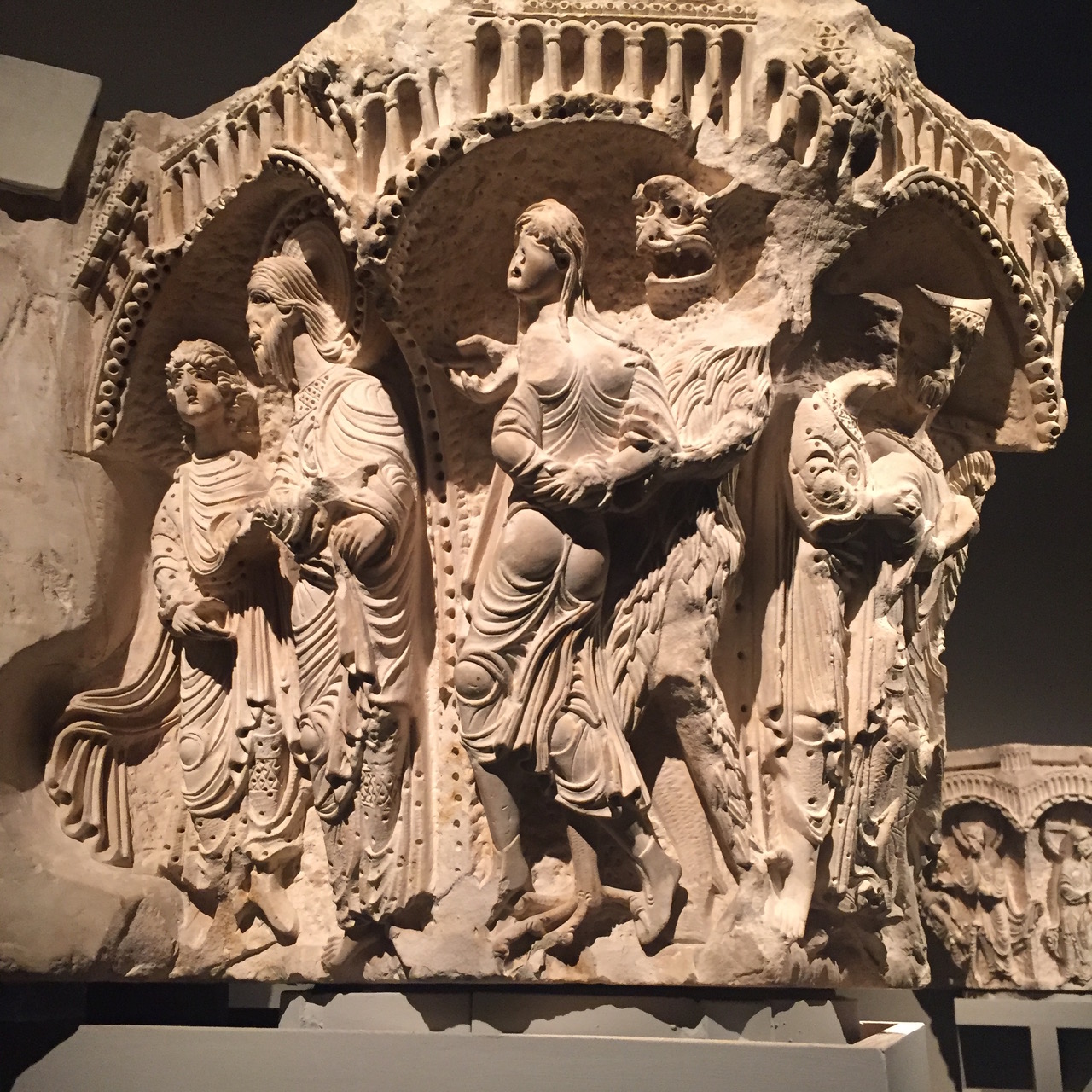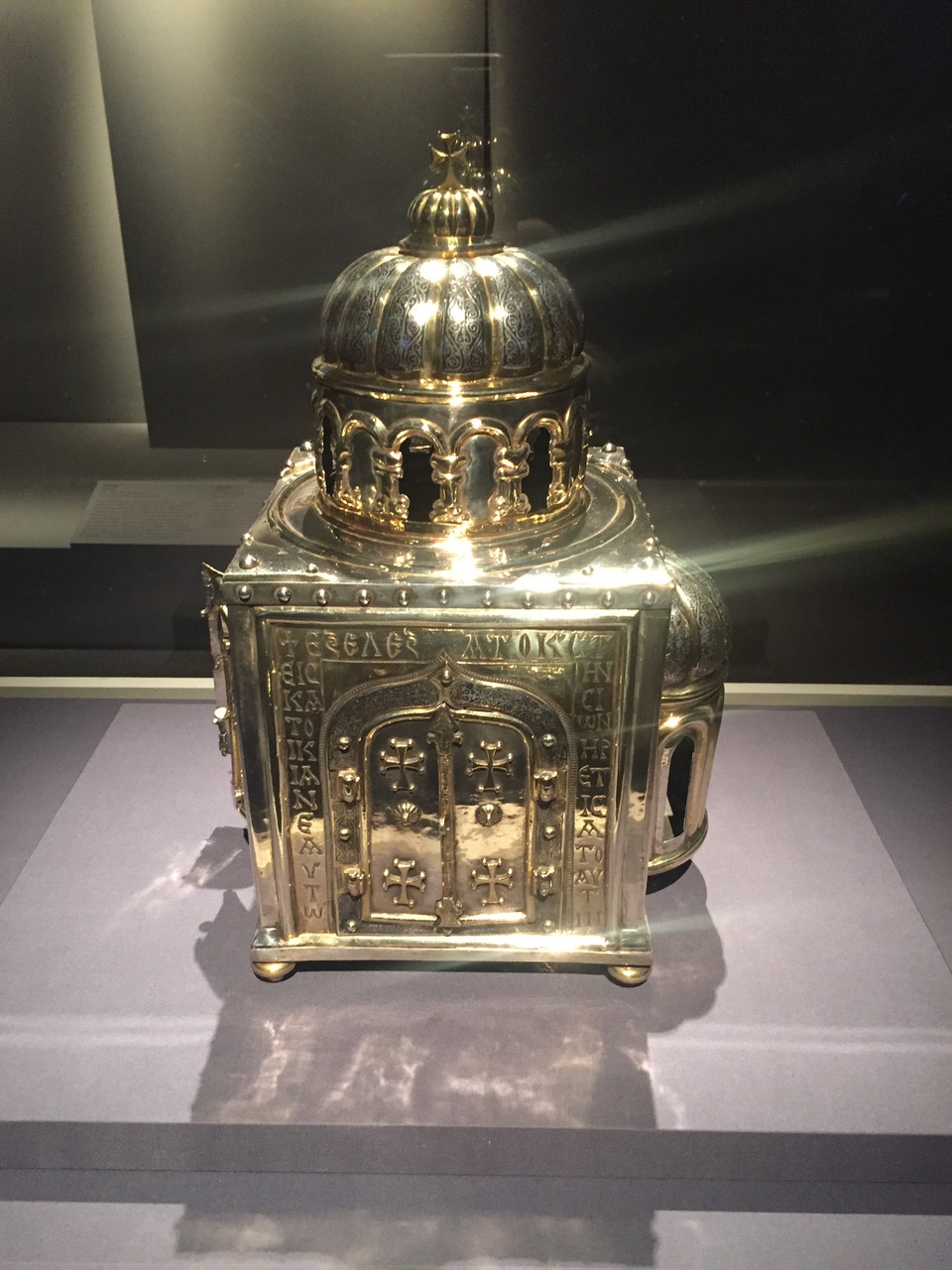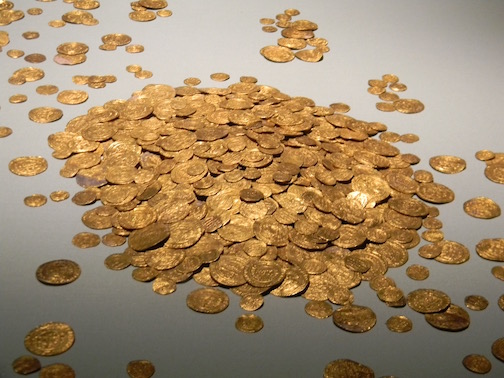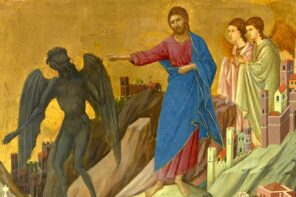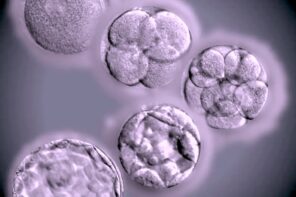It’s a complicated story, as is anything related to Jerusalem.
Wednesday morning, Unesco’s World Heritage Committee passed a resolution, called “Occupied Palestine,” that harshly criticizes Israel’s archaeological excavations in Jerusalem. The resolution, among other things, also “deeply regrets” the Israeli refusal to allow Unesco observers to report on the competency of those excavations.
The predictable outrage of Israel and its supporters, however, is mostly connected to how Unesco elides the ancient Jewish connection to Jerusalem, referring to the Temple Mount only by its Arabic name, Al-Haram Al-Sharif. The square below the Mount is awkwardly referred to as Al-Buraq Plaza, or “Western Wall Plaza” (note the scare quotes).
The resolution is indeed a blatant politicization of history. Perhaps this shouldn’t be so shocking considering how the UN and its satellite organizations waste no opportunity to criticize Israel. While that criticism may often be justified, its frequency (which matches that of US-led opposition to any real UN action against Israel) has become absurd.
On the other hand, few critics of the resolution seem to have noticed the sentence “affirming the importance of the Old City of Jerusalem and its Walls for the three monotheistic religions.”
Never mind. For many, Jerusalem has always been less a window on the past than a kind of magic mirror on the present. We peer in, ostensibly to understand the locus of our faith; instead we see whatever we want.
Two current exhibitions at New York City’s Metropolitan Museum of Art demonstrate how our biases color the history of Jerusalem.
The more modest of the two is Faith and Photography: Auguste Salzmann in the Holy Land.
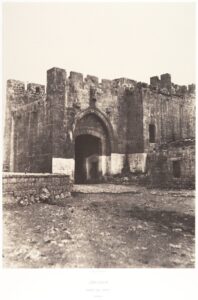
Jérusalem, Porte de Jaffa, Intérieur, by Auguste Salzmann (French, 1824–1872).
Salzmann was a French painter-turned-photographer and biblical archaeologist. In 1853, seeking to settle certain archaeological disputes of the day, Salzmann schlepped to the Holy Land where he photographed notable buildings, in order, as he later wrote, “to render a true service to science.”
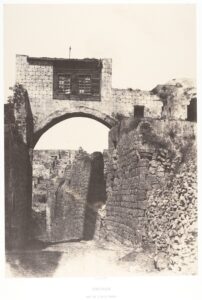
Jérusalem, Arc de l’Ecce-Homo, by Auguste Salzmann (French, 1824–1872).
The photographs were published in his 1856 album, Jerusalem: A Study and Photographic Reproduction of the Monuments of the Holy City. The Met is now showing some three dozen prints from the album, and they are wonderful. The calotype process, with its long exposure times, was well suited to architecture. Salzmann was obsessed by the texture of masonry; looking at his photographs of the Ecce Homo arch or the Jaffa Gate, one can almost smell the earthen, iron scent of Jerusalem stone.
In Innocents Abroad, Mark Twain is impressed by 1867 Jerusalem’s multiplicity of languages and nationalities. But he was put off by the “rags, wretchedness, poverty and dirt, those signs and symbols that indicate the presence of Moslem rule.” As we know, nineteenth century America had no shortage of poverty and dirt. But the point here is that in Salzmann’s photographs there is no sign of Twain’s filthy throngs. Salzmann’s Jerusalem is more like Petra—austere and depopulated, a timeless ruin.
Salzmann and his contemporaries had a touching faith in the supposed objectivity of photography. But nowadays we can be more objective about their objectivity, as it were. Salzmann arranged the album chronologically—Jewish sites first, then Christian and Islamic. While this makes sense as an organizing principle, it also makes the Church of the Holy Sepulchre a kind of centerpiece to the book, which nicely echoes Salzmann’s own deeply Christian beliefs.
Just down the hall is a much more ambitious exhibition: “Jerusalem 1000-1400: Every People Under Heaven.” As the wall text explains, this was a time when much of the world was gripped by “Jerusalem fever.” Armies of pilgrims, merchants and, well, armies, flooded the holy city. This confluence of religion, language and culture brought forth a creative explosion, as well as many literal explosions.
I should make clear that the exhibition is astonishing. It will overwhelm you, in a good way, with the range and beauty of medieval artisanship: there is jewelry and glassware, metalwork and woodwork, furnishings and textiles [see slideshow below].
Some objects are touchingly humdrum, like the brass lentil stew pot, and some are resplendent, like the Chasse of Ambazac, a golden reliquary adorned with semiprecious stones. I particularly coveted the examples of what today we might call “useful design,” like the Judeo-Arabic astrolabe.
But to my mind the best stuff is the books. There are illuminated Qurans, the Gospels in Arabic, the Bible in Samaritan Hebrew—an array of languages and sects “altogether too numerous to mention,” as Twain put it. This may be a stretch, but I thought that “Jerusalem 1000-1400” evinces the same notion as that contentious Unesco resolution—that for all the fighting, we are dealing with three faiths that share an unshakeable belief in the power of the written word.
In other words, Christians, Muslims and Jews have a lot in common. But I couldn’t quite buy into the attempt to portray medieval Jerusalem as a rich mixture of cultures on equal footing. As the title suggests, this is an inclusive exhibition, reflecting our present-day preoccupation with diversity. And just in case you missed the message, strategically placed screens play videos of interviews with a Muslim merchant, a rabbi and a Christian monk. Only a pair of gleaming swords hint at how often the paving stones of Jerusalem were slick with blood.
Whatever. Go anyway. The Salzmann exhibition is a small gem, and “Jerusalem 1000-1400” is stunning, astounding, gorgeous—exhausting to the eyes and the thesaurus.
The city itself is tougher to characterize. We’re dealing with a millennium of history in one city. Was it rich or poor? Filthy or pristine? Christian, Muslim or Jewish? It seems silly to pretend that we can say with any authority what it is and was. Because in their days as in ours, it depends on who’s looking.
“Jerusalem 1000-1400” runs until January 8; “Faith and Photography” until February 5.
Salzmann runs until until February 5th.



